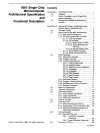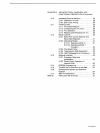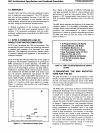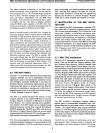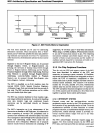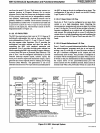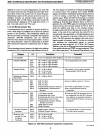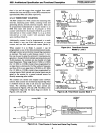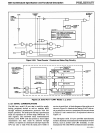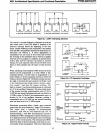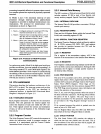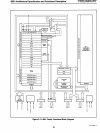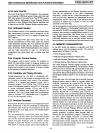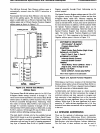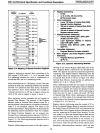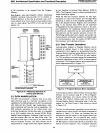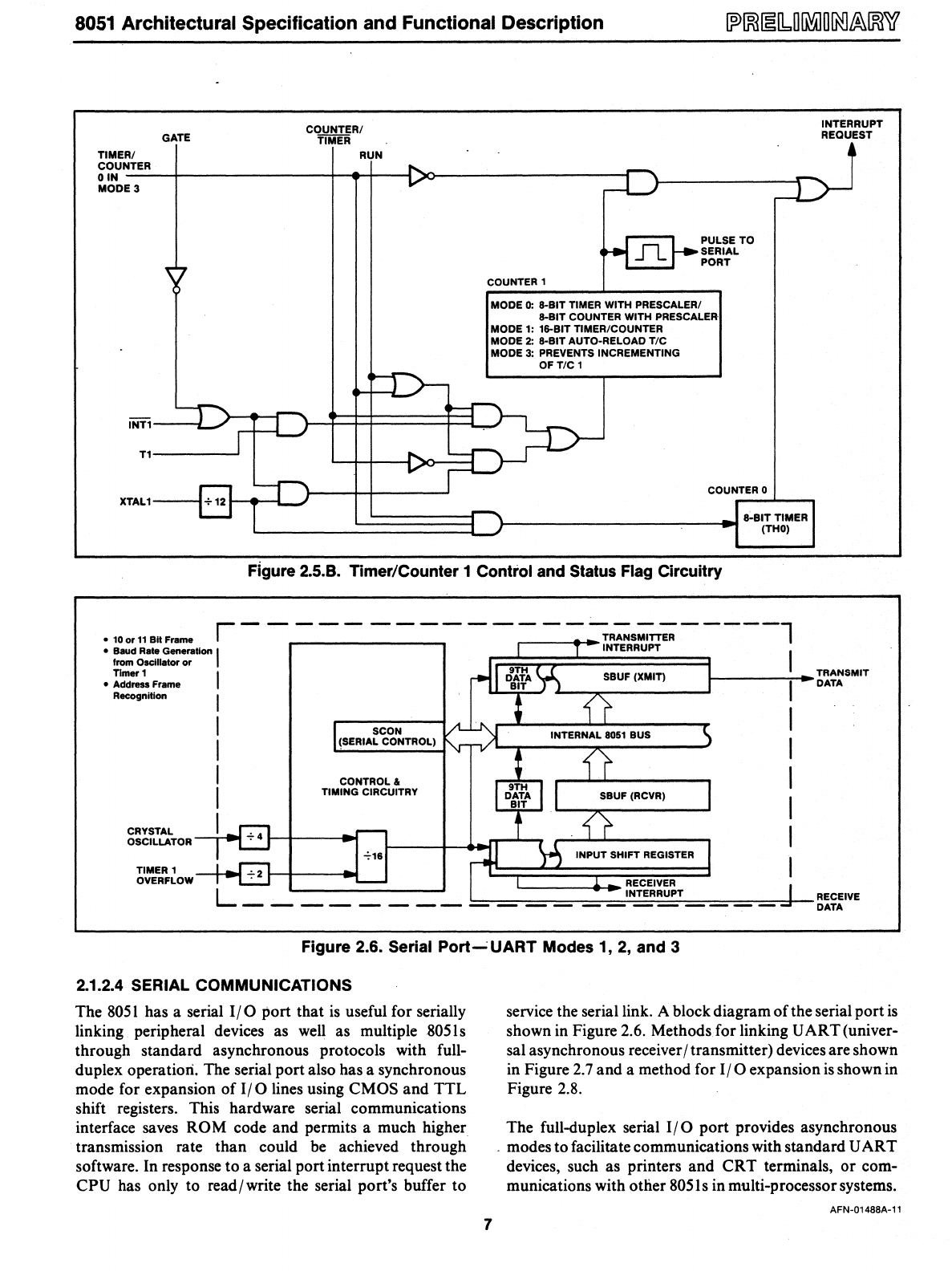
8051
Architectural Specification and Functional Description
COUNTERI
INTERRUPT
GATE
TIMER
REQUEST
TIMERI
RUN
•
COUNTER
~
OIN
-
MODE 3
G
J
)-
Hn
PULSE
TO
SERIAL
PORT
COUNTER 1
MODE
0:
8-BIT TIMER WITH PRESCALERI
8-BIT COUNTER WITH PRESCALER-
MODE
1: 16-BIT TIMER/COUNTER
MODE 2: 8-BIT AUTO-RELOAD TIC
MODE
3:
PREVENTS INCREMENTING
OF TIC 1
J
>-
--
1"'"
~
r-r-
INT1
:=fJ-
T1
~r~
-r-
-
-
1
"'
COUNTER 0
XTAL1
+12
~
-
~
8-8ITTIMER
~
(THO)
Figure 2.5.8. Timer/Counter 1 Control and Status Flag Circuitry
• 100r11
Bit
Frame r - - -
--
- -
--
-
--
-
---:;:R:;:;S;.-TT-;;-----l
• Baud
Rate
Generetlon I INTERRUPT
from Oscillator
or
Timer 1 I
• Address Frame
Recognition I
I
I
I
I
g:~~~~t.,.OR
-
....
1 .....
TIMER 1
SCON
(SERIAL CONTROL)
CONTROL"
TIMING CIRCUITRY
-:-16
I-
___
-:-
__
~~~~SMIT
~-~-----~
OVERFLOW
RECEIVER
L
______________
~~
___
_
RECEIVE
DATA
Figure 2.6. Serial
Port~UART
Modes 1, 2, and 3
2.1.2.4 SERIAL COMMUNICATIONS
The
8051
has a serial
I/O
port that
is
useful for serially
linking peripheral devices as
well
as
multiple805ls
through standard asynchronous protocols with full-
duplex operatiori. The serial port also has a synchronous
mode for expansion of
I/O
lines using CMOS and TTL
shift registers. This hardware serial communications
interface saves
ROM code and permits a much higher
transmission rate than could be achieved through
software. In response
to
a serial port interrupt request the
CPU has only to read/write the serial port's buffer to
7
service the serial link. A block diagram
of
the serial port
is
shown in Figure 2.6. Methods for linking U
ART
(univer-
sal asynchronous receiver / transmitter) devices are shown
in Figure
2.7
and a method for
I/O
expansion
is
shown in
Figure 2.8.
The full-duplex serial
I/O
port provides asynchronous
o modes to facilitate communications with standard U
ART
devices, such as printers and
CRT
terminals, or com-
munications with other
8051s in multi-processor systems.
AFN-01488A-11



